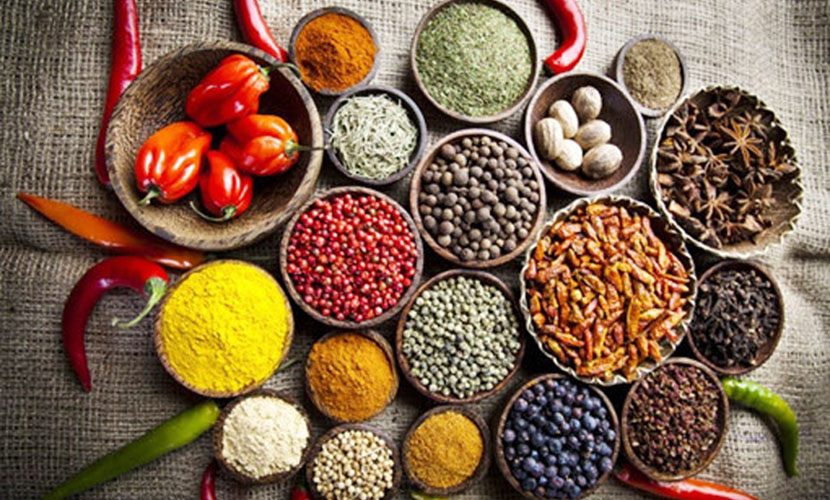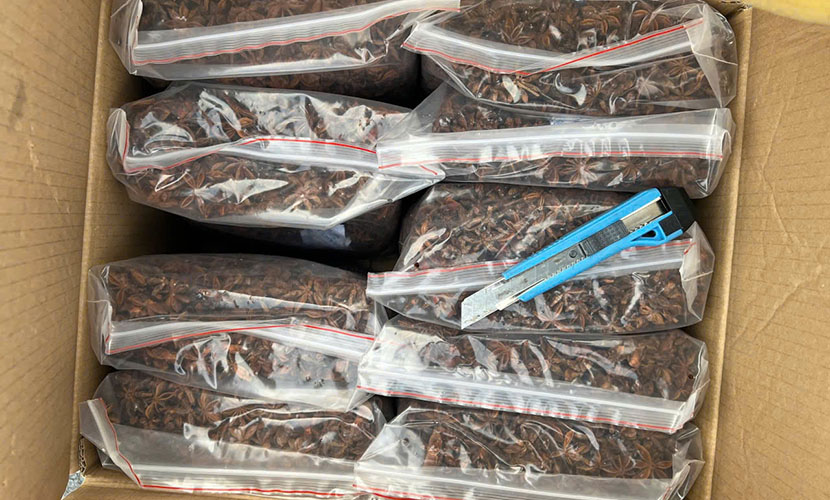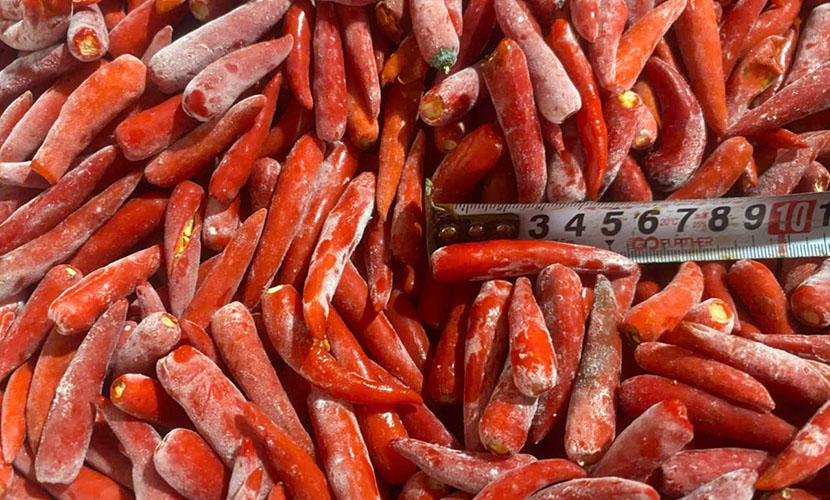
Vietnam has great potential to produce various spices characteristic of Asian cuisine. Besides key markets, markets with many Asian communities living there are also a new direction for Vietnam’s spices.
At the forum “Promoting the export of spice products and local specialties to key markets,” experts stated that many Vietnamese spice products have affirmed their position in the international market.

Vietnam’s spices
Vietnam has great potential to produce spices such as cinnamon, star anise, and various herbs characteristic of Asian cuisine. Besides key markets, markets with many Asian resident communities are also a new direction with potential customer groups consuming Vietnam’s spices.
In the first nine months of 2023, Vietnam exported 78,599 tons of spices. It showed an increase of 24.1% compared to the same period in 2022. The major export markets were China, the United States, India.
According to experts, demand for spices in the world remains high. Spices are materials in the food industry and pharmaceutical, cosmetic, and functional food industries. Additionally, Vietnam’s participation in many free trade agreements has created advantages for enterprises to boost spice exports.

Broken cinnamon from Vietnam
However, the Vietnam’s spices still face many challenges. Specifically, except for pepper, other spices such as cinnamon, star anise, chili, etc., lack a national-level sustainable development strategy. Also, businesses still lack technology and capital for deep processing to enhance product value. In addition, unpredictable climate change and rising costs have significantly affected supply sources.
To promote exports to key markets, it is necessary to improve quality and reduce production costs. As a result, Vietnam will create high-value, high-quality, and more competitive products. The goal is to develop diversification, including product diversification, market diversification, and growing area diversification.

Star anise from Vietnam
Besides, it is important to maintain stable cultivation areas for spices according to the national plans. Especially, there is a need for overall planning of cultivation and production areas of Vietnam’s spices. Therefore, investors feel secure and they can have long-term investment strategies.
Europe’s demand for sustainably produced spices, health-beneficial spice products, and the use of spices and flavorings in cuisine is increasing. However, businesses must be very attentive, as this market will apply some mandatory requirements on spices and flavorings imported into Europe, such as official food control, pesticide residue control, and pollutant control.

Frozen chili from Vietnam
Regarding another key market for Vietnamese spices, the United States, experts emphasized that to increase market share in this market and to make Vietnam a preferred destination in the global spice supply chain, besides raw products, it is necessary to diversify spice products serving the food industry, cosmetics, and pharmaceuticals.
At the same time, experts noted that spice plants not only bring economic value but are also precious genetic resources. They help alleviate poverty and contribute to biodiversity conservation under forest canopies. These are factors that businesses can promote Vietnamese spice products with, following the green consumption trend, environmental protection, and emission reduction.
Vietnamese source: https://tapchikinhtetaichinh.vn/thuc-day-xuat-khau-gia-vi-viet-nam-sang-cac-thi-truong-trong-diem.html
